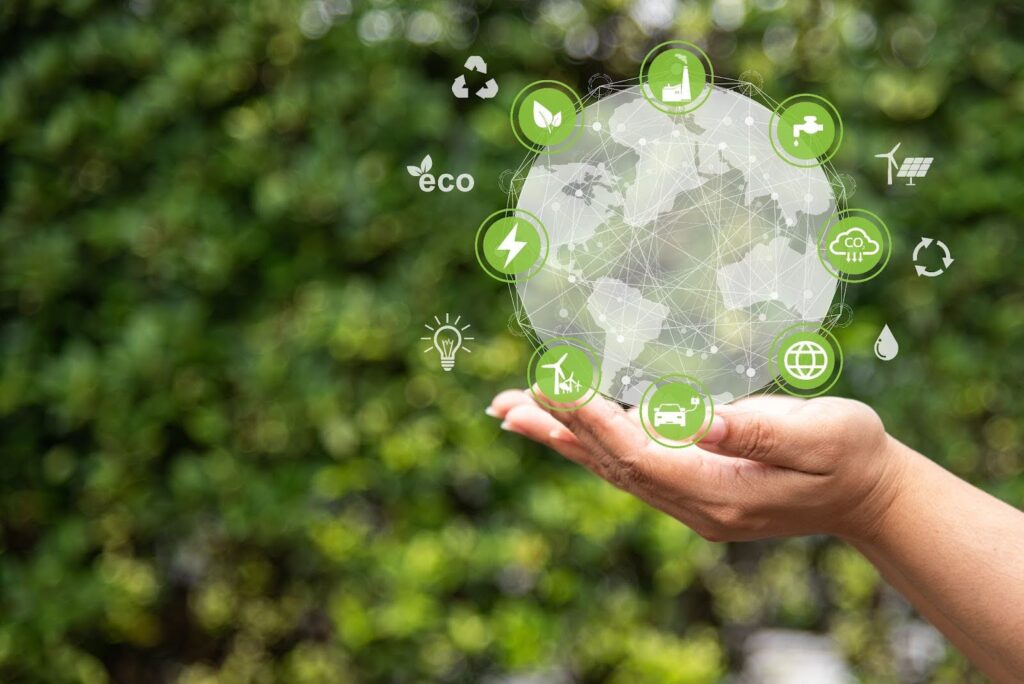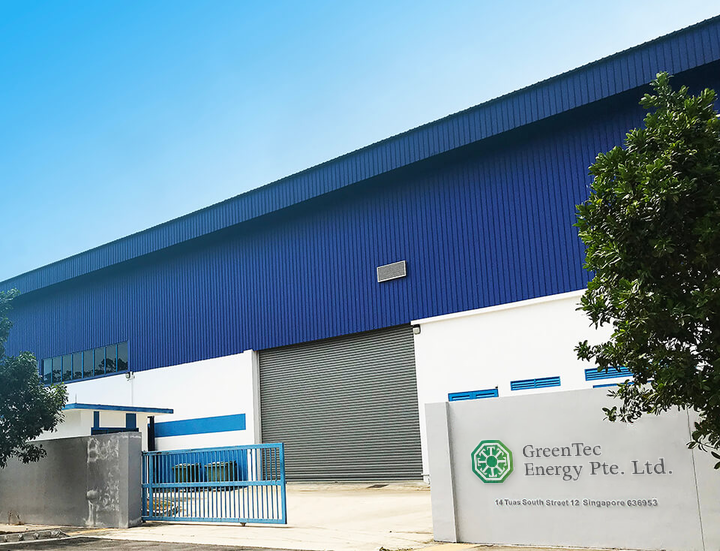9 Innovative Waste Management Technologies for a Cleaner Future
November 27, 2025

The technological landscape is shifting rapidly. We’ve gone through countless advancements over the years, from AI to space exploration and more. This meteoric rise has benefited many industries—waste management included.
Here’s a closer look at these innovative waste management technologies and how they ensure a cleaner future:
1. AI-Powered Waste Sorting
AI is revolutionising waste management. Smart sorting systems use machine learning to identify, separate and categorise waste efficiently. This speeds up recycling and reduces contamination in material recovery facilities (MRFs).
You’ll find AI robots sorting plastics, metals and paper with precision. These robots work faster than manual labour, reducing errors and improving recycling rates. Some systems also use RFID waste tracking to monitor and trace waste movement in real-time.
2. Pyrolysis Recycling for Plastics
Pyrolysis is the process of breaking down plastic into fuel and other products. This is known as “plastic recycling” and it involves decomposing plastic in the absence of oxygen.
The heat applied converts plastic waste into oil, gas and char. These are repurposed into new materials or used as an alternative fuel source. Unlike traditional recycling, pyrolysis can handle mixed and contaminated plastics that are otherwise non-recyclable.
3. Internet of Things (IoT)-Enabled Smart Waste Bins
IoT technology is making waste collection smarter. Smart bins come with sensors that monitor fill levels, reducing unnecessary pickups and optimising collection routes. This means less fuel, lower emissions and improved efficiency.
The data collected can also be used to identify trends in waste management. For example, it can reveal which areas generate the most waste and at what times. Cities and businesses can then optimise bin placement and collection schedules, reducing overflowing bins.
4. Waste-to-Energy (WTE) Conversion
WTE conversion is the process of transforming non-recyclable waste into usable energy. For example, WTE converts electricity into heat instead of letting it pile up in landfills.
Plasma gasification, anaerobic digestion and microbial fuel cells are popular methods for extracting energy. This also reduces reliance on fossil fuels and minimises landfill waste. By turning waste into resources, these technologies support a circular economy.
5. Blockchain Waste Tracking
Blockchain ensures transparency in waste disposal. It helps track waste from collection to treatment, reducing illegal dumping. This also ensures compliance with Extended Producer Responsibility (EPR) policies.
By creating a tamper-proof record, blockchain allows authorities, businesses and consumers to verify where waste goes and how it is processed. This prevents fraudulent recycling claims and ensures accountability in reverse logistics.
6. Composting Innovations
Food waste is a global problem—but modern composting technologies like aerobic digesters and biochar production are transforming how we handle organic waste. Both devices speed up decomposition, creating nutrient-rich compost within days.
Some smart composting systems even use nanotechnology to enhance the breakdown process, making it more efficient. Most of these innovations can be used in small spaces, reducing the need for large facilities.
7. Nanotechnology in Waste Treatment
Nanotechnology or nanoparticles are being used in waste water treatment. Nanoparticles have a very high surface area, making it easy to remove contaminants. This includes toxic metal ions, microbes that cause diseases, organic and inorganic solutes from water.
This method is also chemical-free, making it an eco-friendly alternative to traditional water treatment methods.
8. Smart Landfill Management
Traditional landfills are evolving. Sensors monitor gas emissions, while electrochemical oxidation and thermal depolymerisation minimise environmental impact.
Leachate treatment systems also prevent groundwater contamination by filtering harmful chemicals from landfill runoff. These advancements help reduce pollution and improve landfill sustainability, turning waste disposal sites into cleaner operations.
9. 3D Printing With Recycled Materials
3D printing with recycled materials is becoming a common sustainable practice. This involves printing objects using recycled plastics, metals and even construction waste.
Repurposing waste into 3D printing filaments reduces landfill waste and lowers the demand for raw materials. Waste-based additive manufacturing can be used for industries like construction, fashion and healthcare—proving waste can be a valuable resource.
The future is now, and innovative waste management technologies are here to stay. From AI integration to nanotechnology, these systems are designed to create cleaner and more efficient waste management solutions.
So embrace the future of technology but remember to do your part—because waste management is still a human responsibility.
Contact us to find out more!
 GreenTec Energy Pte Ltd (GTE) is a waste management company located in Tuas, Singapore.
GreenTec Energy Pte Ltd (GTE) is a waste management company located in Tuas, Singapore.
Our service includes Industrial waste, Oily waste, Marine waste.
To provide a hassle free solution to our customer is always the key approach and to ensure a win-win situation towards. As a NEA approved environmental company in Singapore, we take all our services seriously and to ensure maximum safety with compliances applied. Every step of our disposal processes are also designed to meet NEA & SCDF requirements, with latest treatment facilities and laboratories to test and treat all incoming waste before disposal.
GTE operates a total land area of about 100,000sqft at 14 Tuas South Street 12 Singapore 636953. With our comprehensive logistics and transportation fleet, we provide prompt and efficient services in transportation of waste to our premises.



